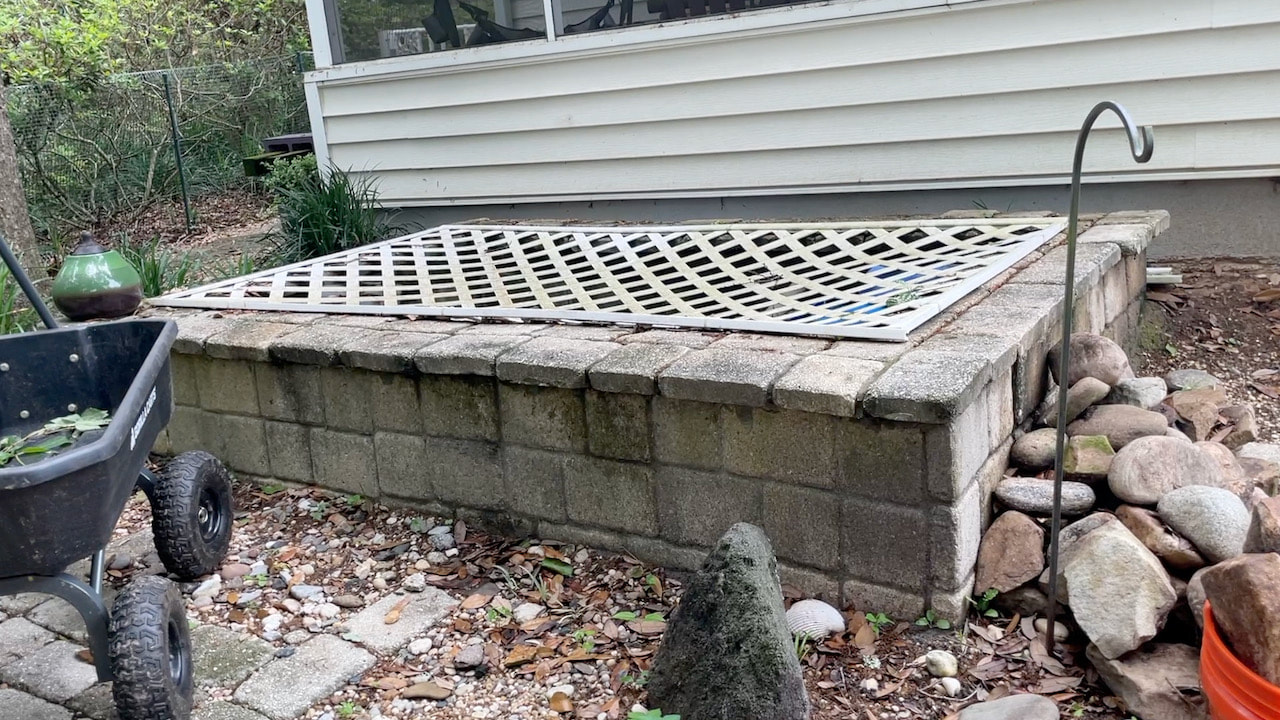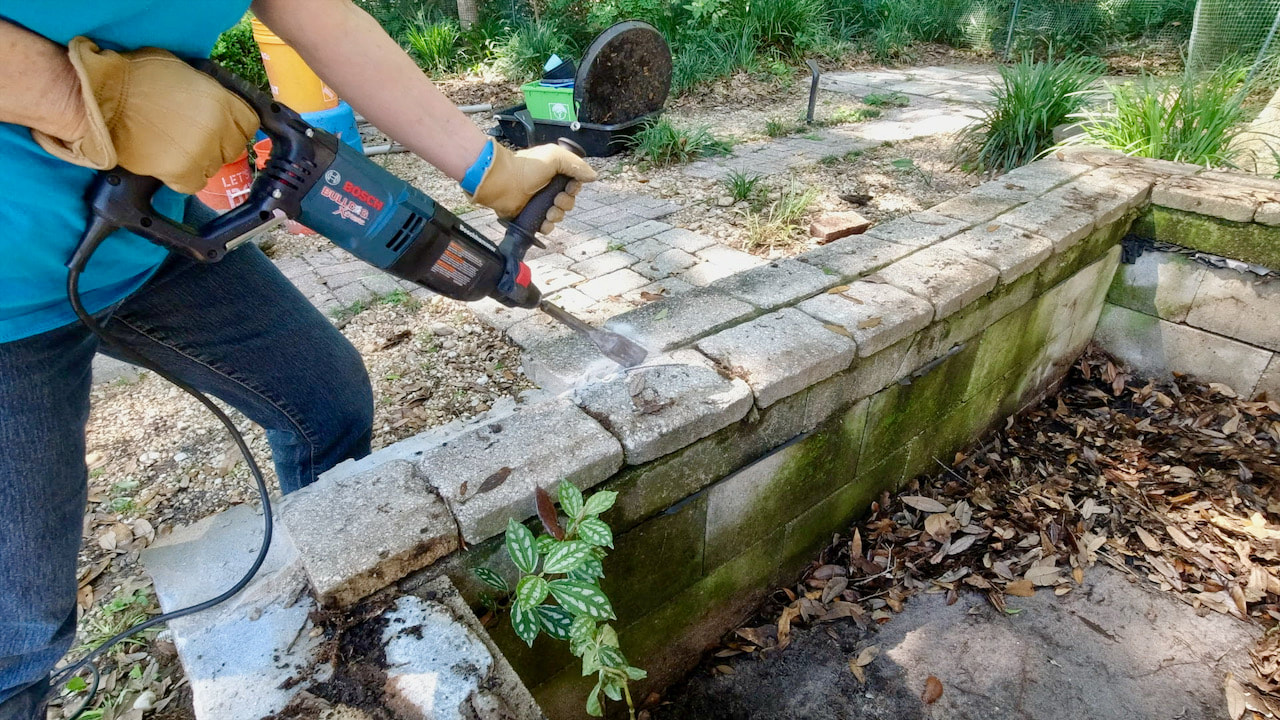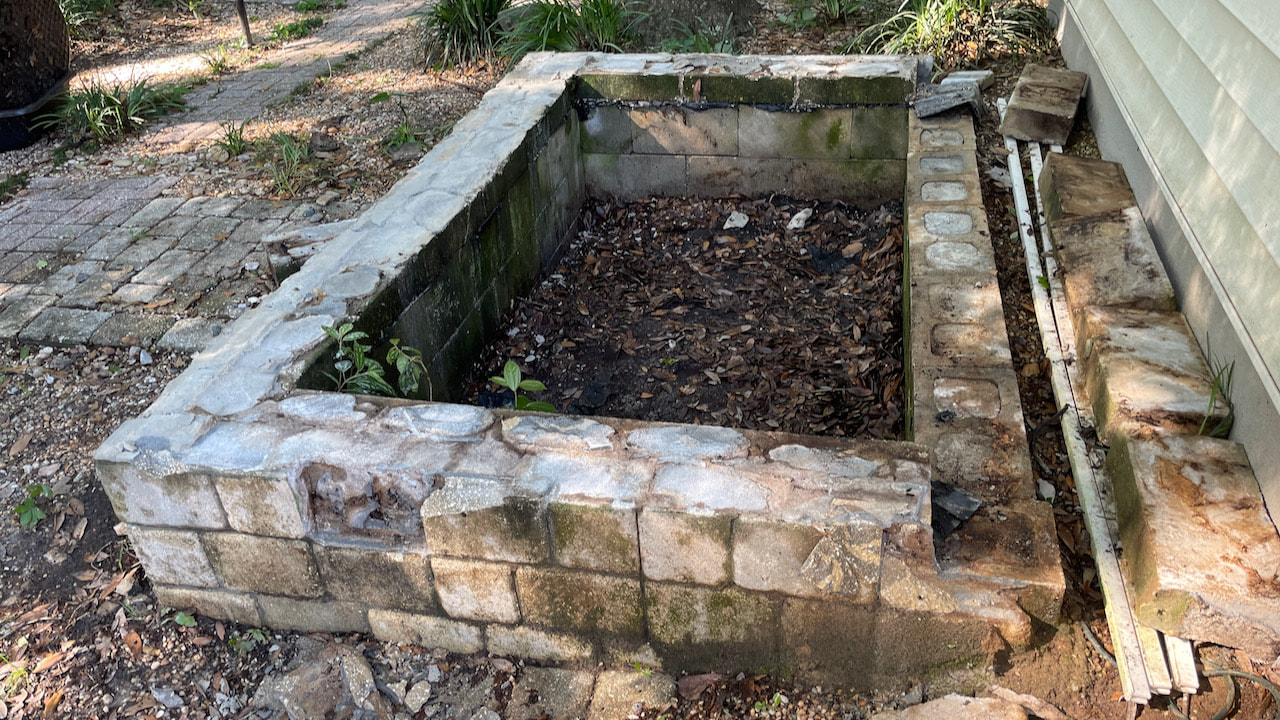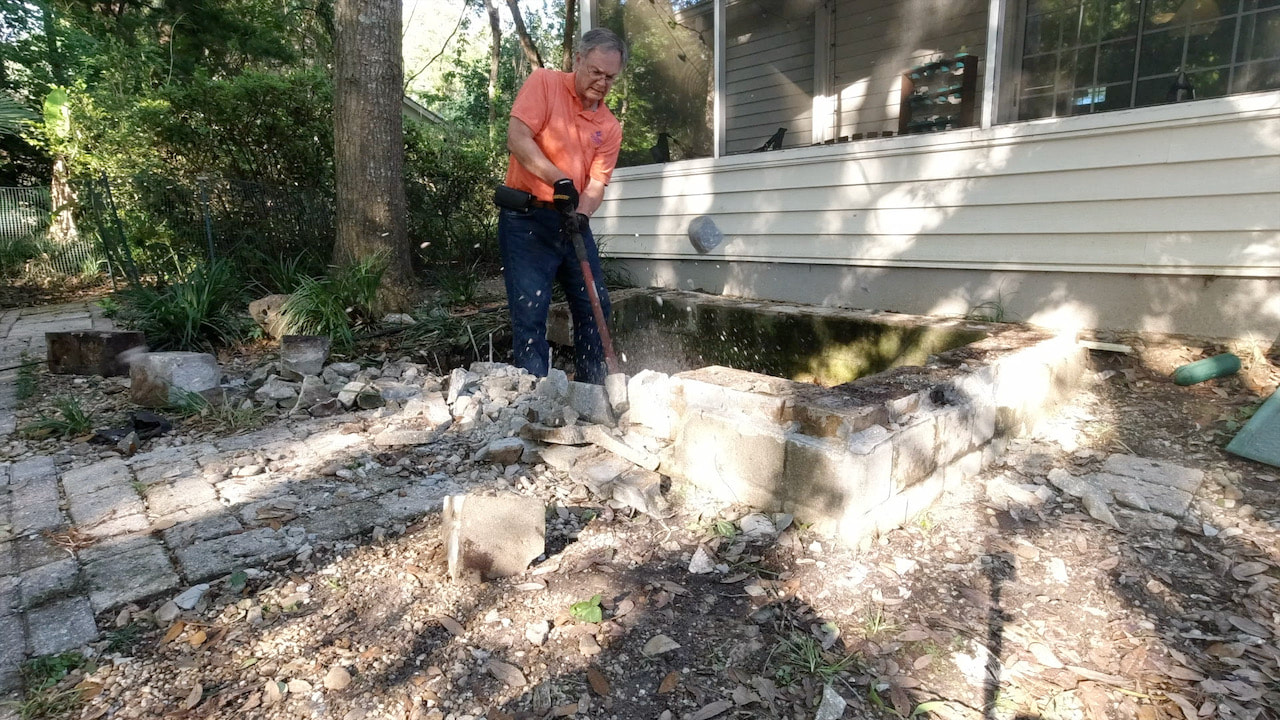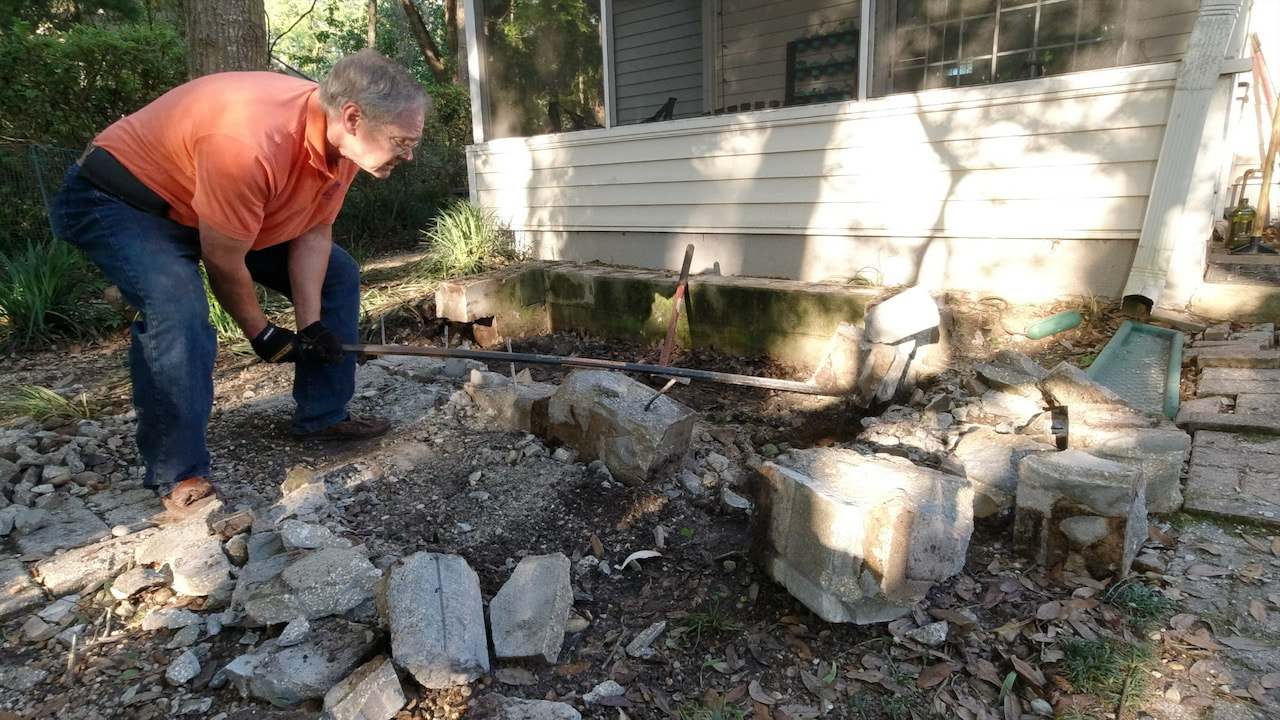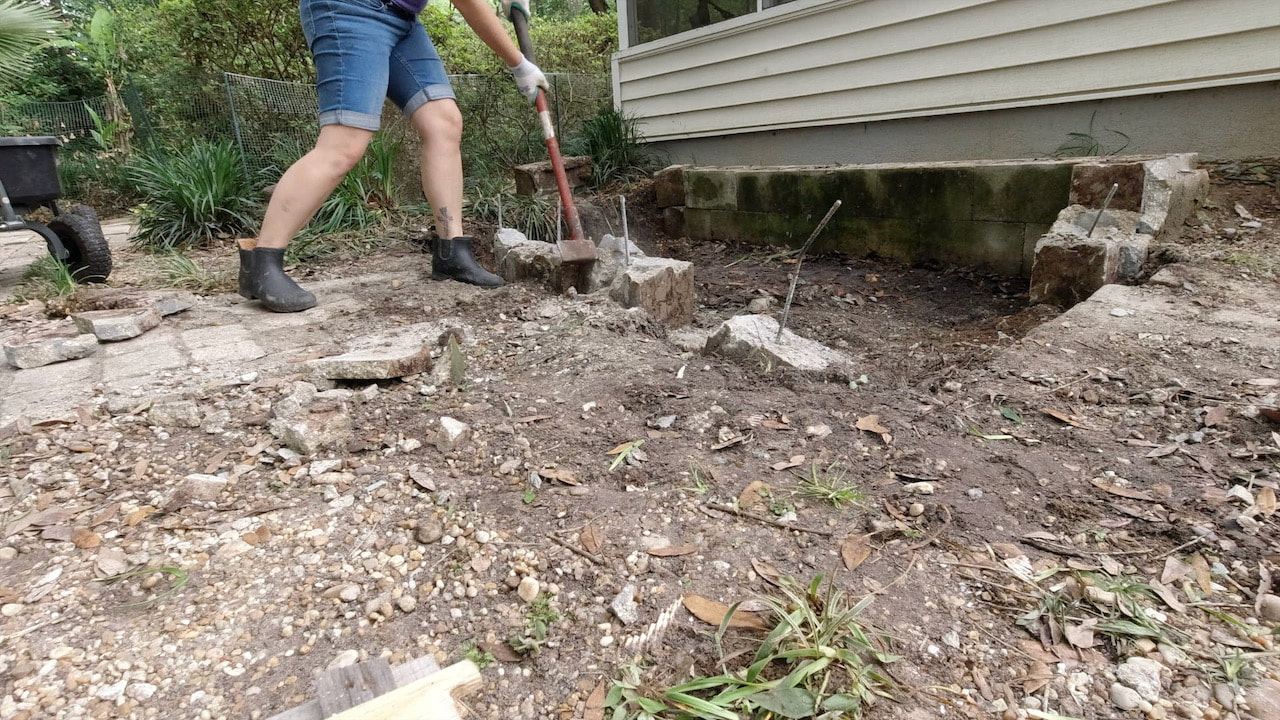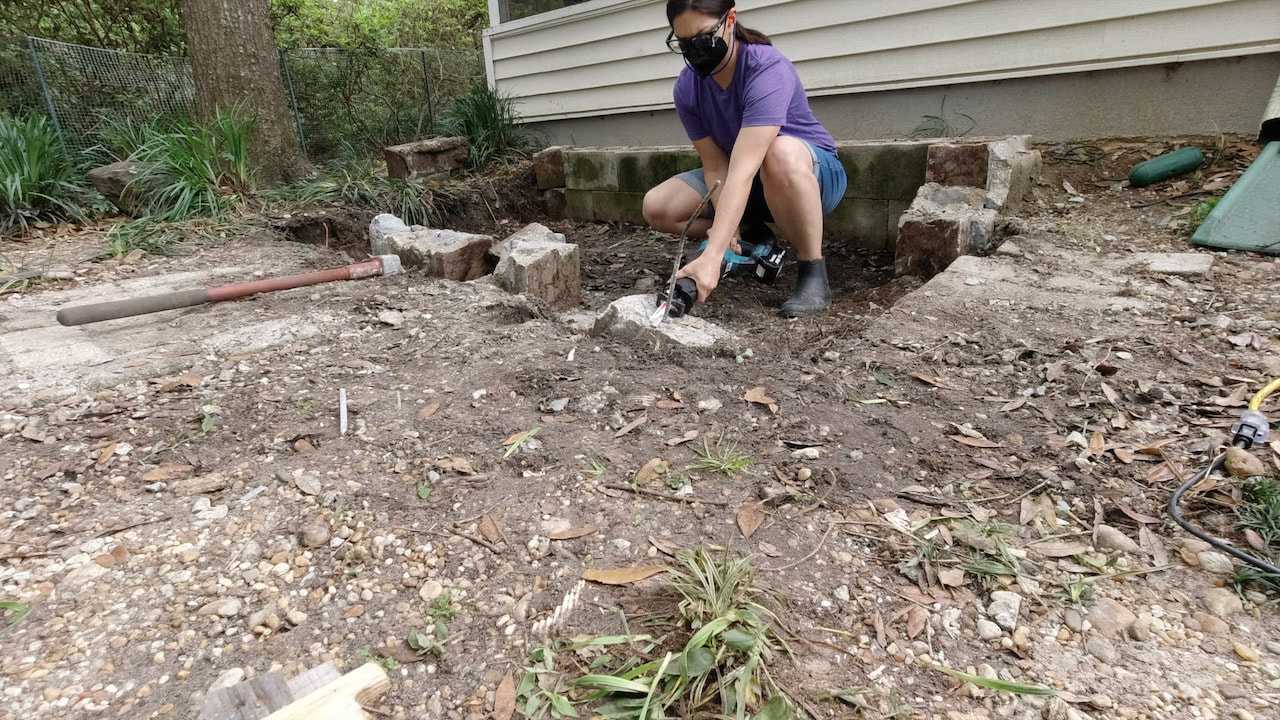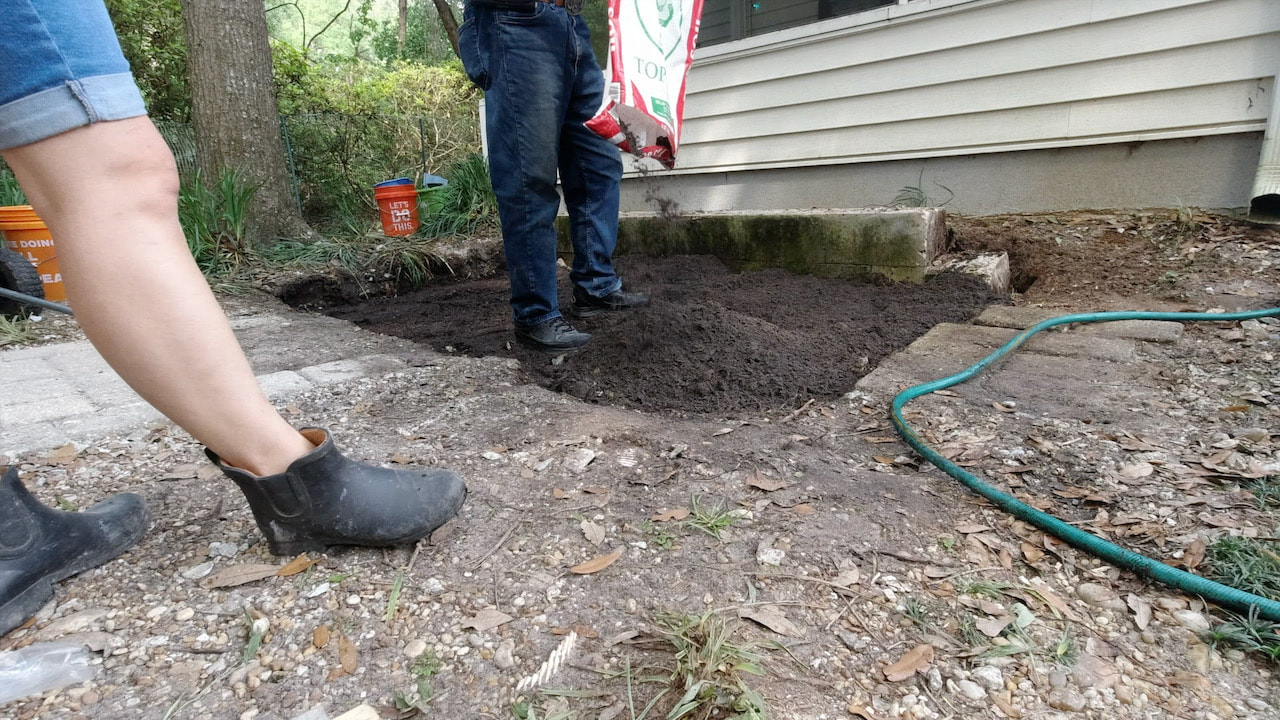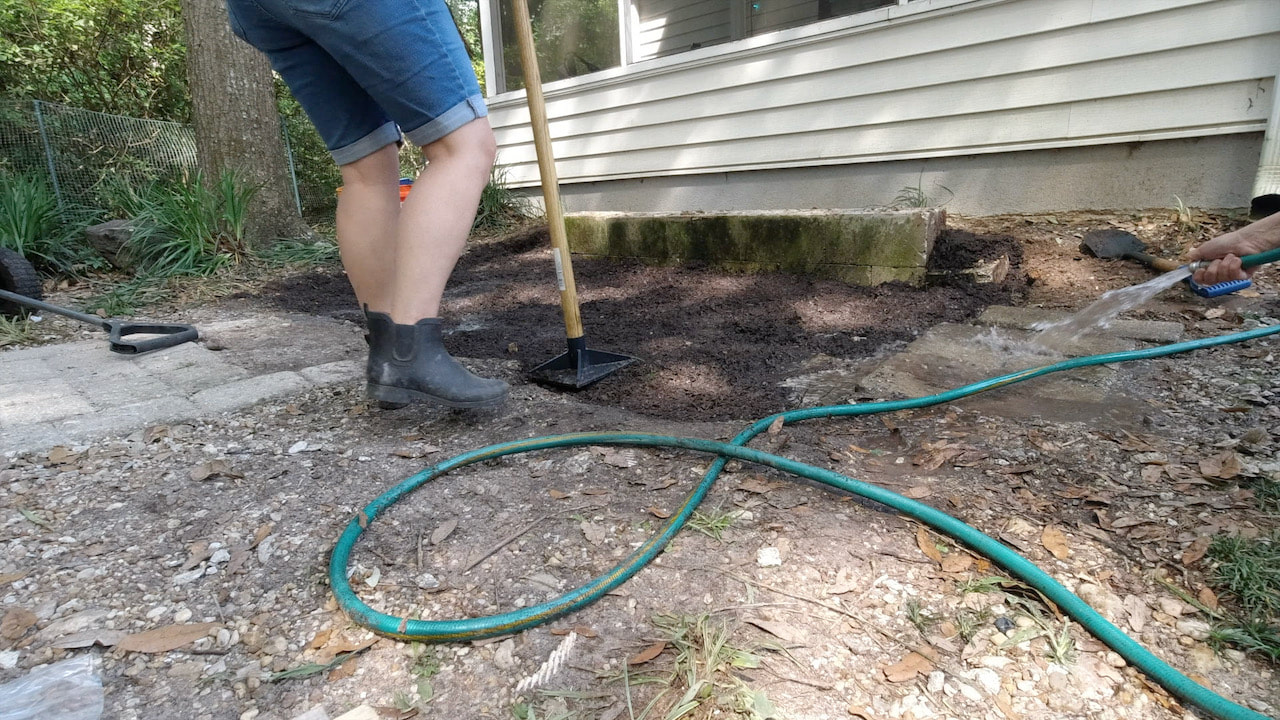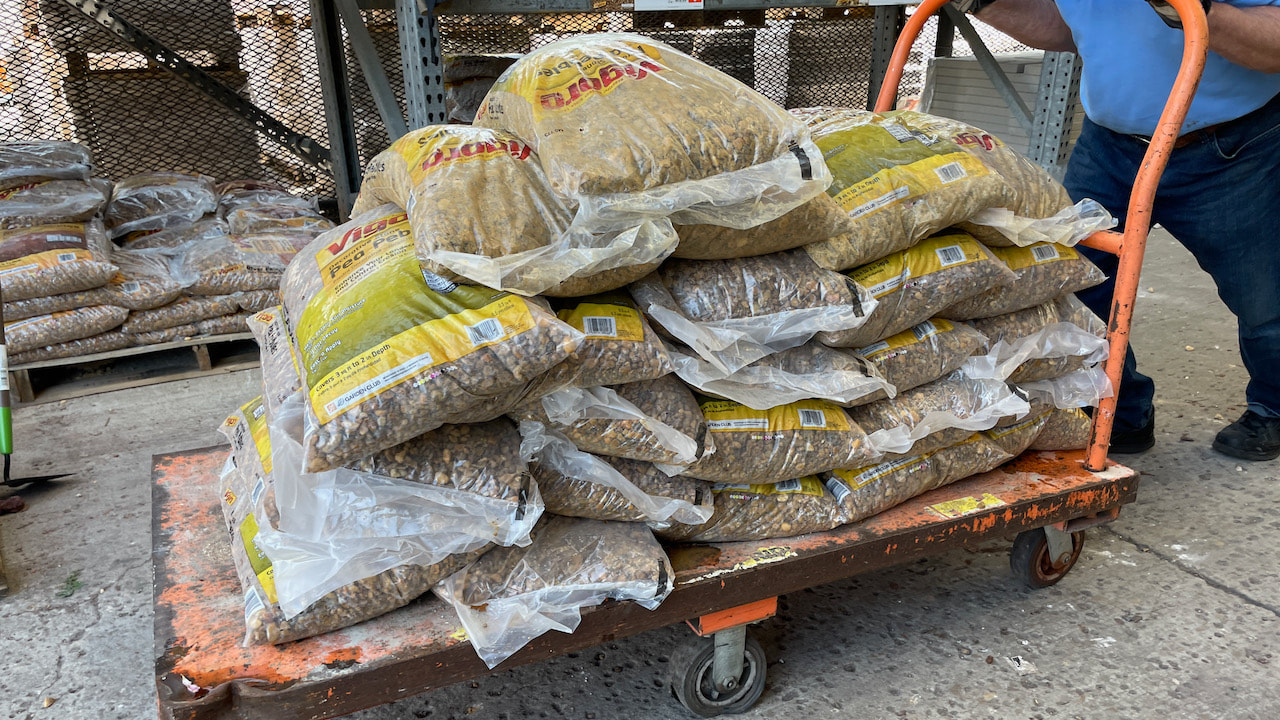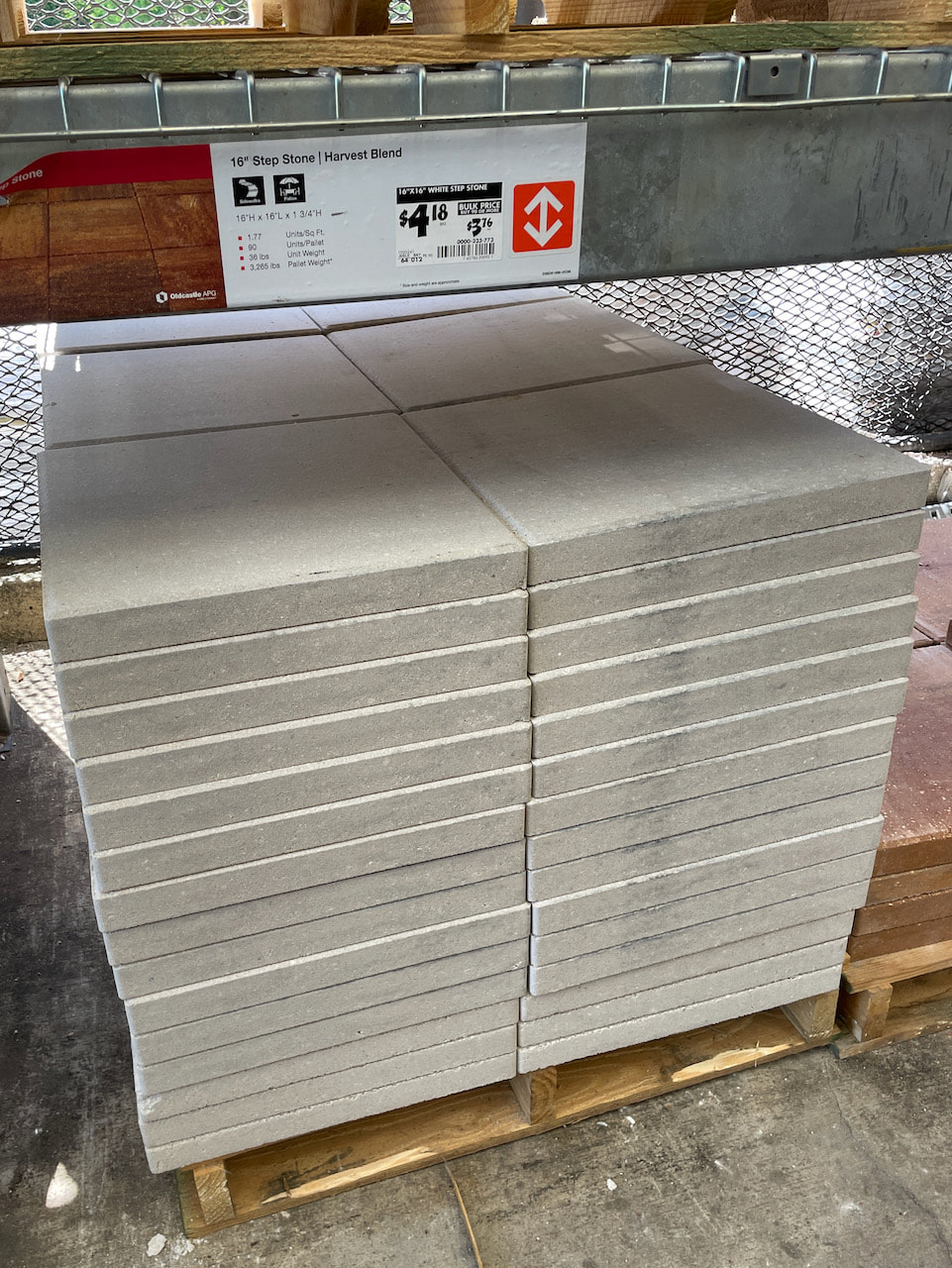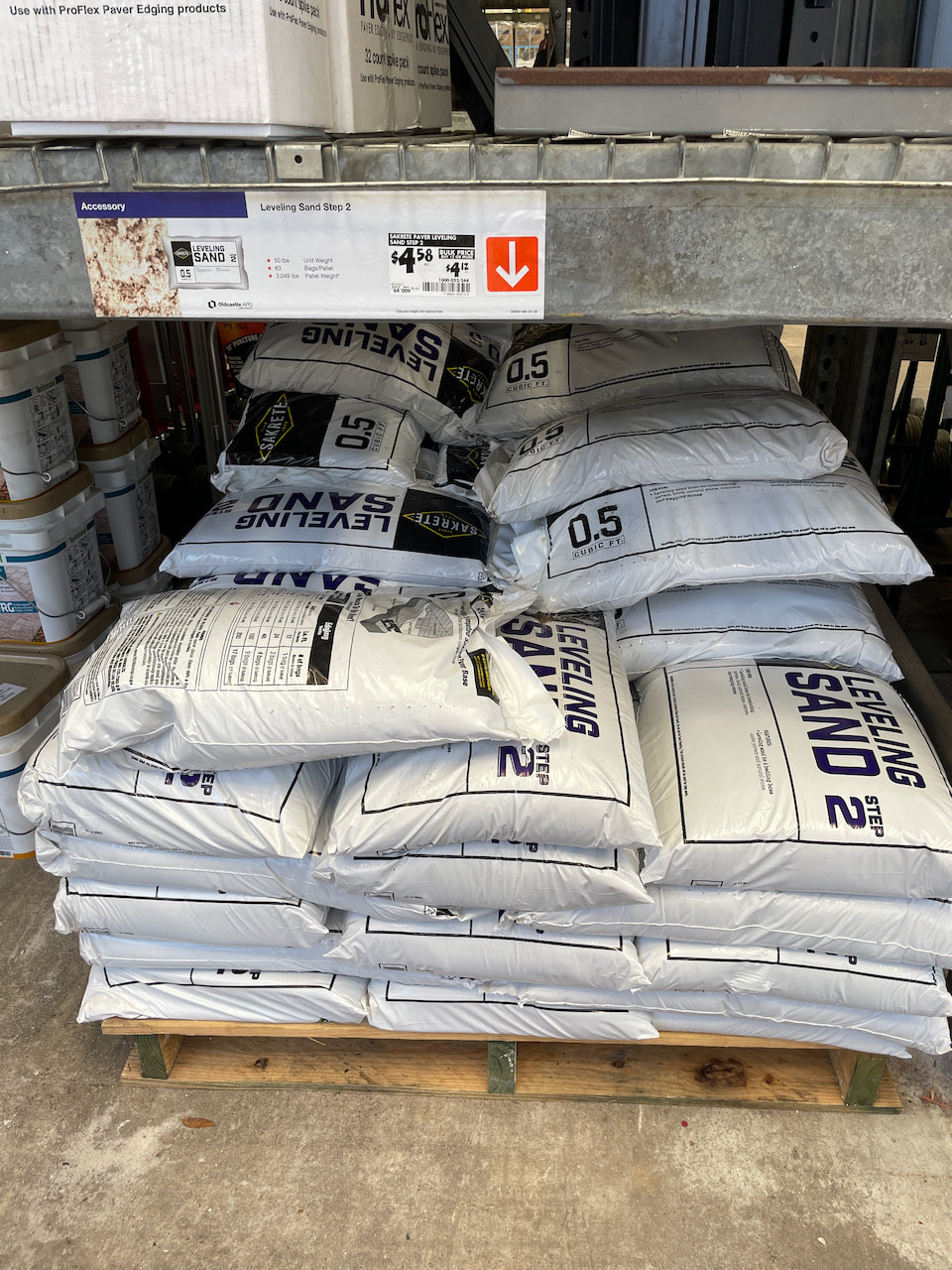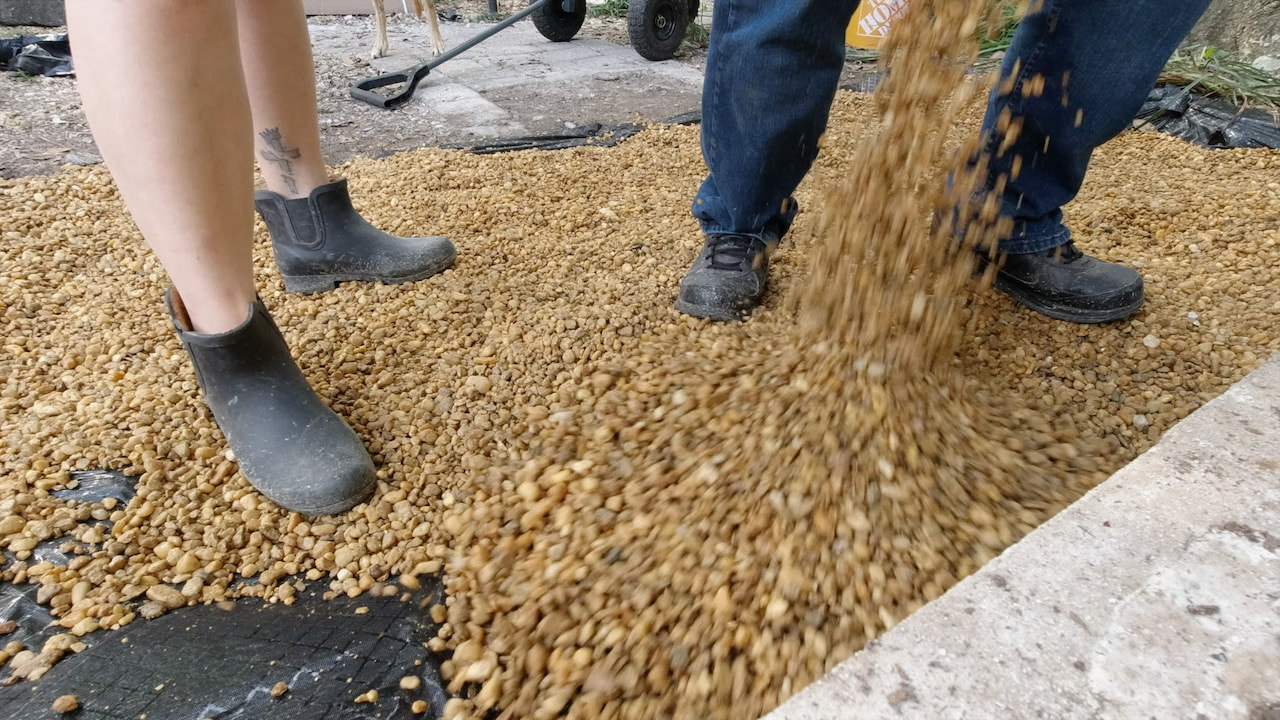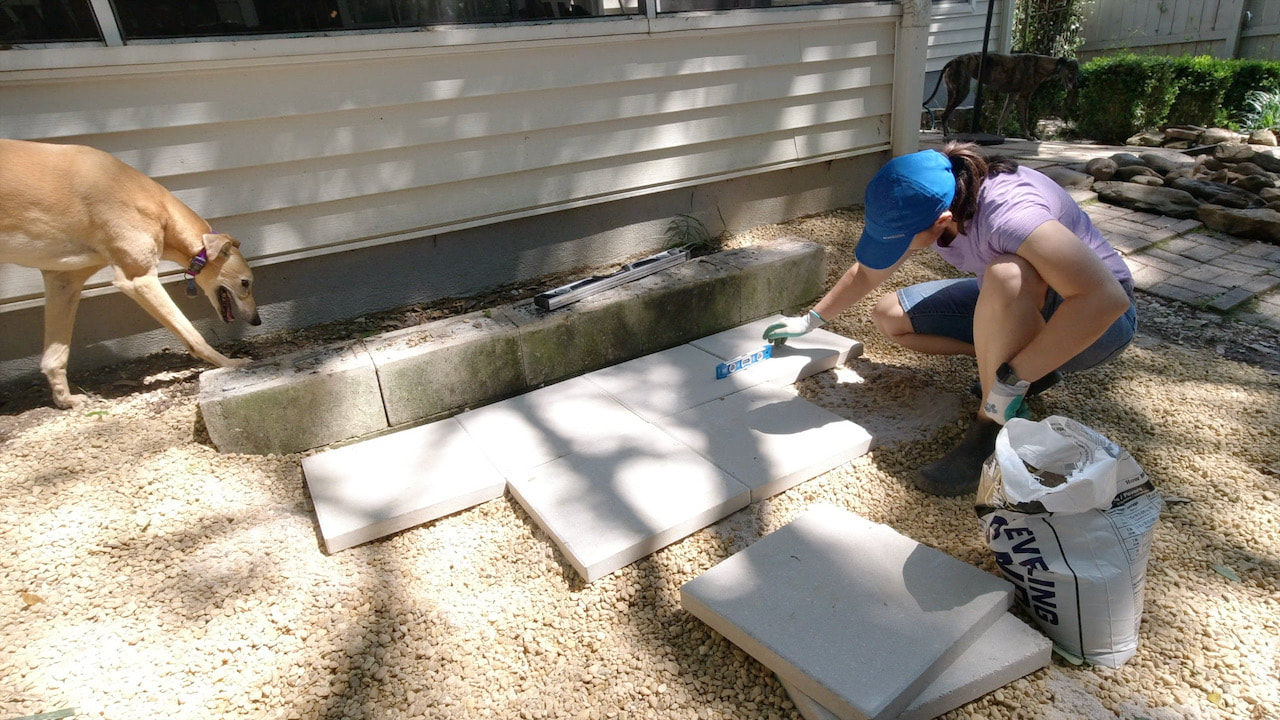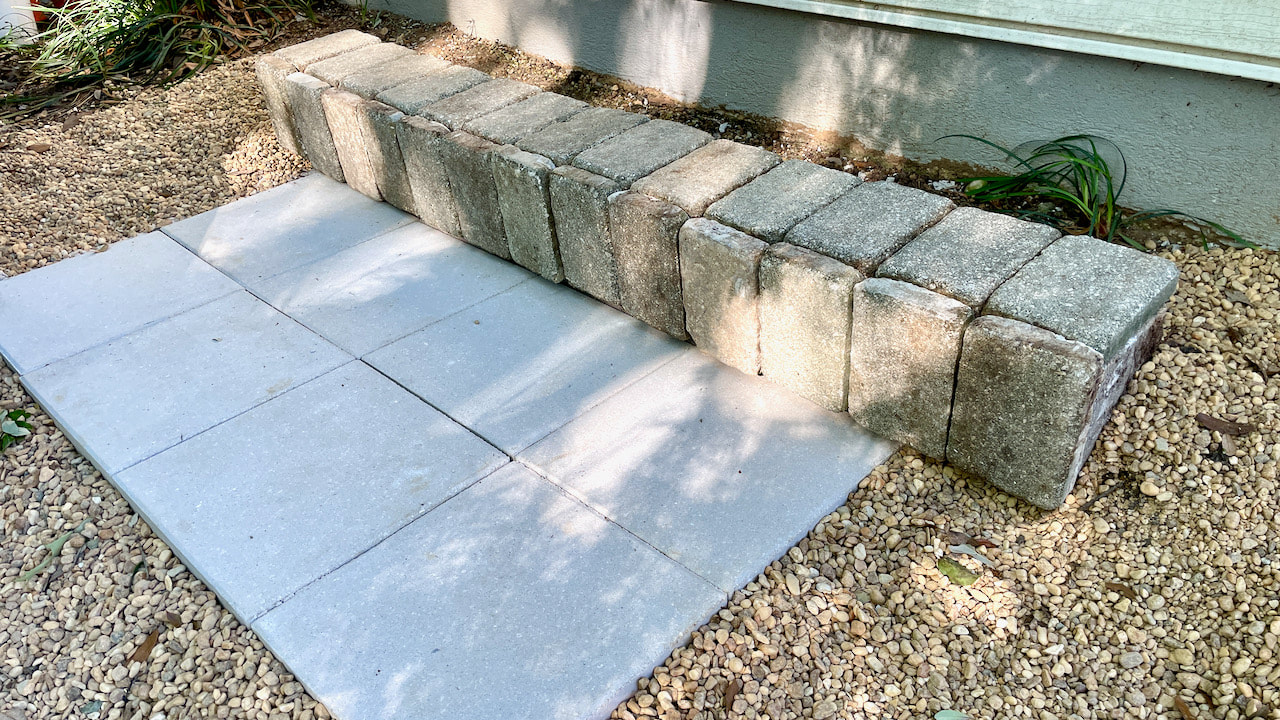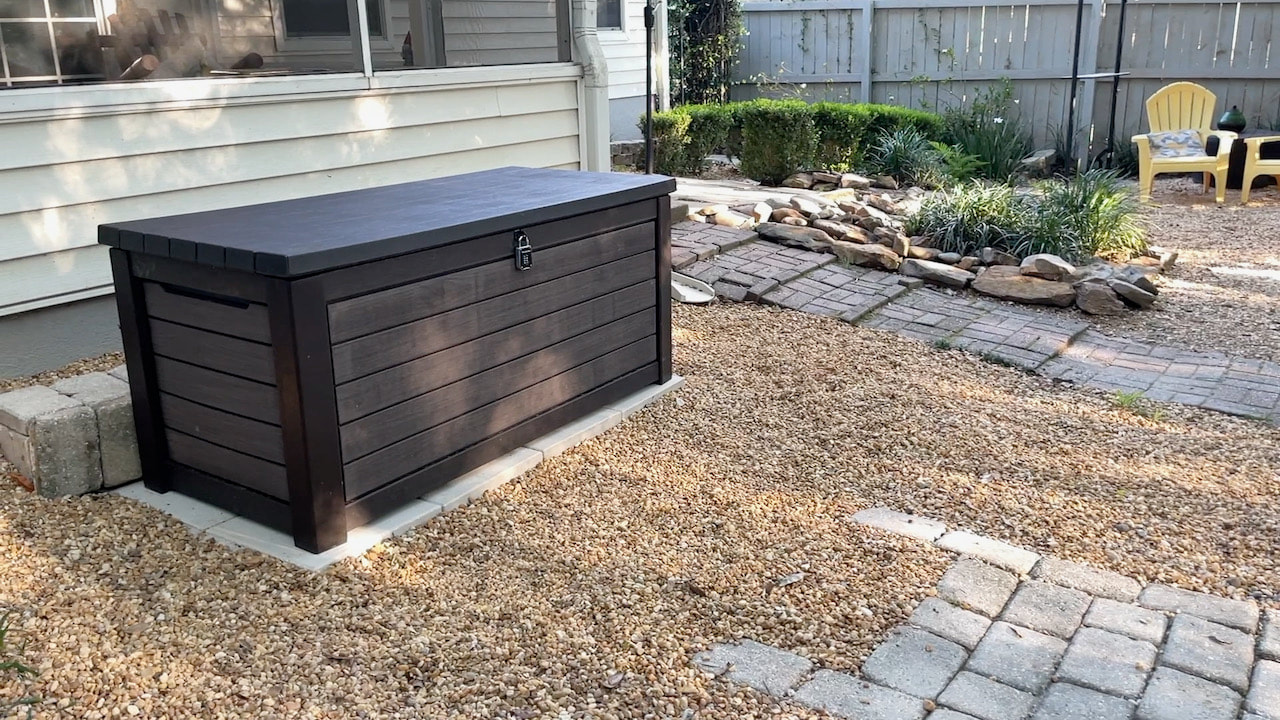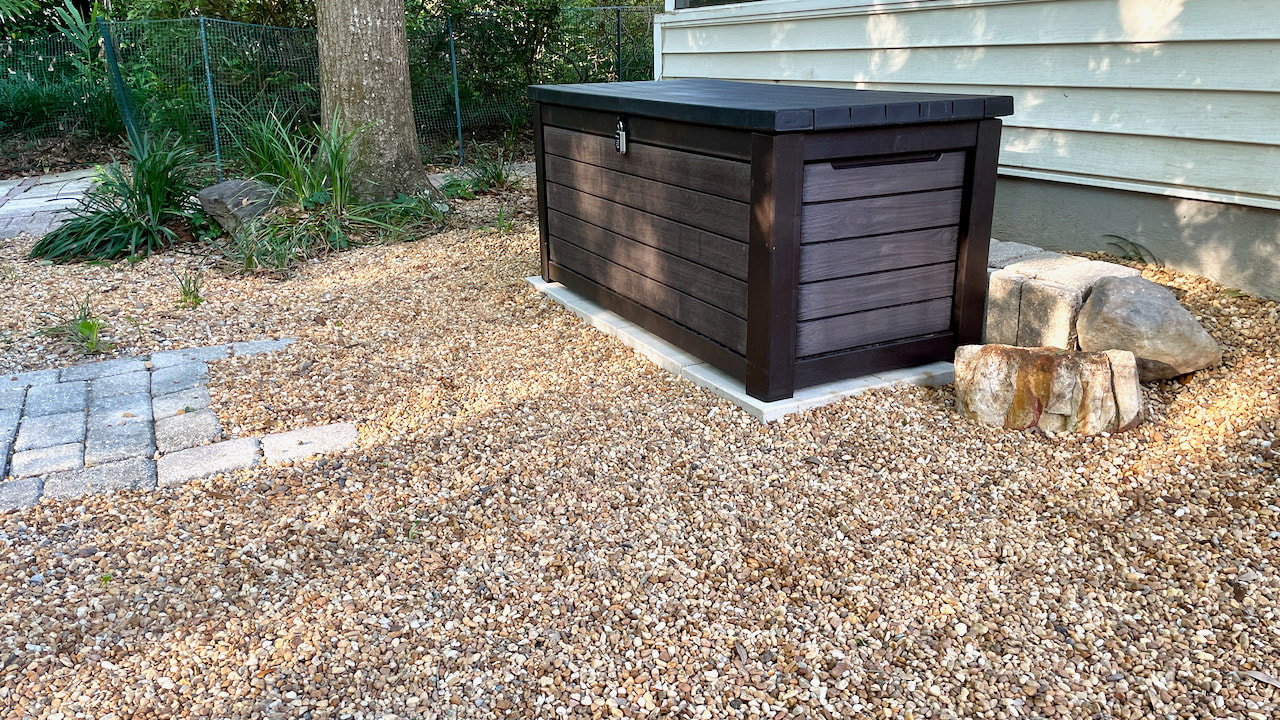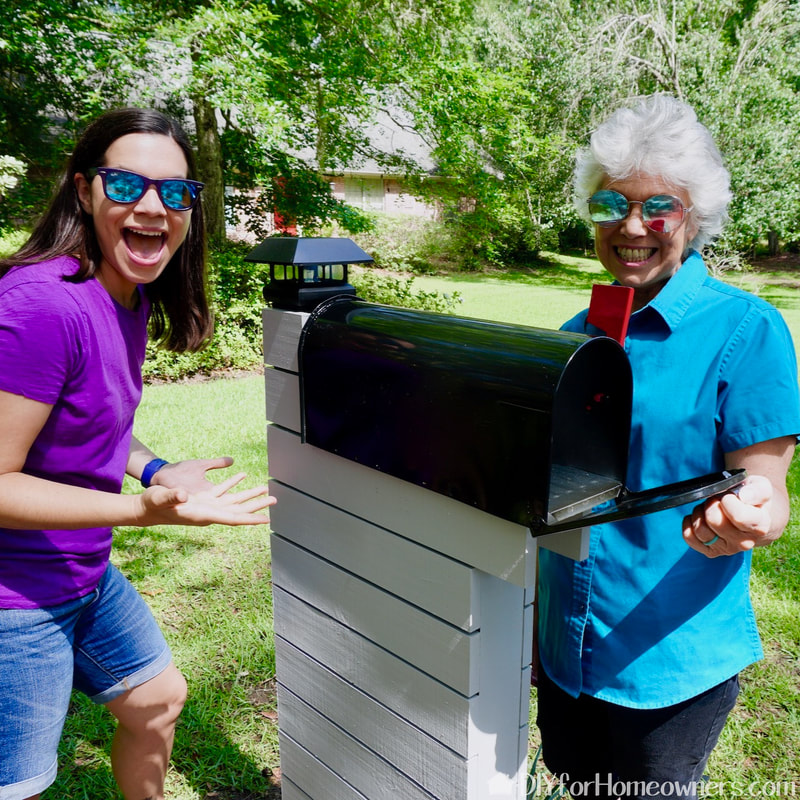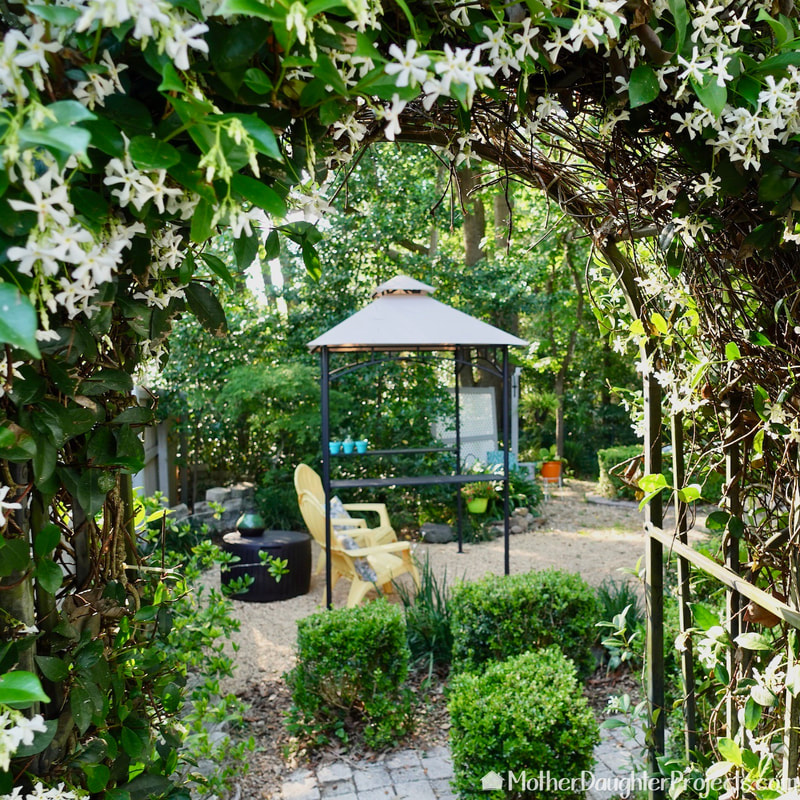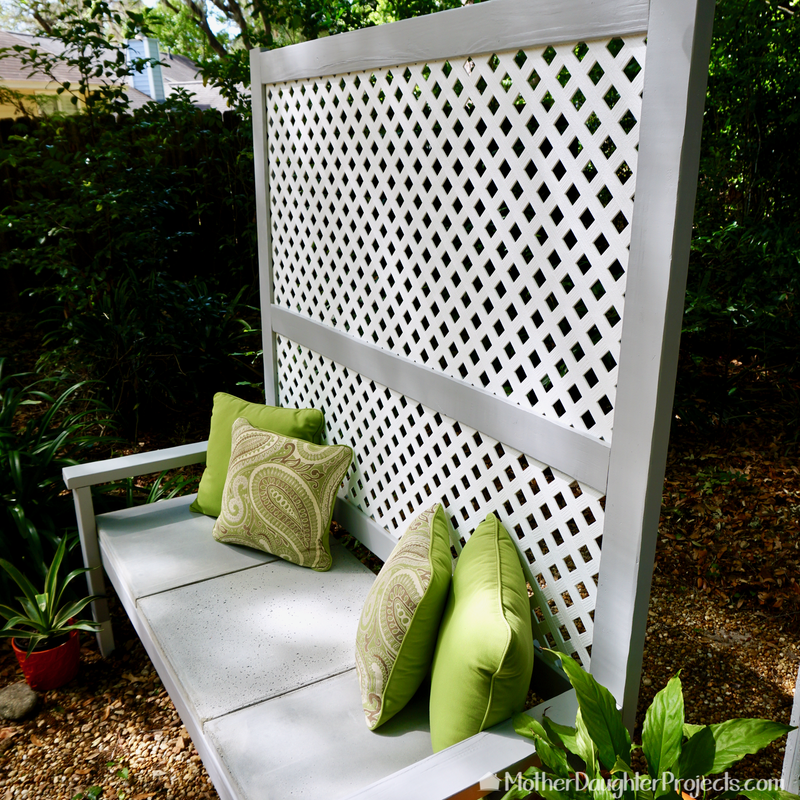|
text by Vicki Sign up here to join our weekly email newsletter!
I have to be honest, I wasn't looking forward to this particular project. Yes, the planter needed to be removed, but it was going to be a lot of hot, hard work.
We managed with a little help and learned a few things along the way. Read on and add your tips for concrete removal in the comments below. Materials/Tools:
Removing the old planter has certainly opened up space in the backyard. It was a lot of work, but it was worth it to finally get rid of it.
There was a lot of debris created from the removal. If you do something like this, you need to have a disposal plan in place. Fortunately, our city takes large trash every two weeks. So over a period of a few trash cycles, Steph has slowly been putting out the concrete and the city has taken it away. What tips do you have for concrete removal? Please share in the comments. Please note: This is not a sponsored post. FYI: We are not professionals, and we don't claim to be. This is what we found worked for our project. Yours may need a little different approach. Safety first! FYI: Affiliate links are being used on this page. Purchasing via these links help support MDP! Related Projects
0 Comments
Leave a Reply. |

